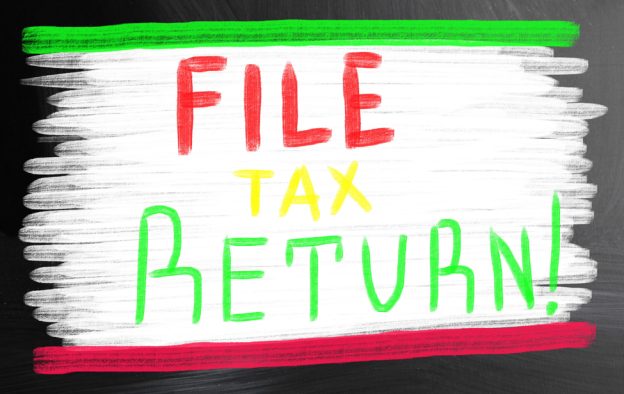
Starting from the tax year 2023 to 2024 there will be a change in the Self Assessment threshold for clients taxed only through PAYE; the threshold will increase from £100,000 to £150,000.
If your 2022 to 2023 tax return shows income between £100,000 and £150,000 taxed via PAYE and you don’t fulfil any other criteria for filing a self assessment return you should be issued a self assessment exit letter.
Individuals impacted by this change are not required to take any action presently because the self assessment threshold for the 2022 to 2023 tax year is still £100,000.
The tax responsibilities of those affected will not be reduced or altered. Income tax will continue to be collected through the PAYE system without any change.
HMRC revealed that enhancements to its IT systems have facilitated the increase in the threshold.
The tax body also emphasized that any taxpayers with other untaxed income that can’t be coded out (in your tax code) and taxed via PAYE will still need to submit an SA tax return.
2023/2024 self assessment tax return criteria
For tax years 2023 to 2024 and beyond individuals must still file a tax return if their PAYE taxed income is less than £150,000 but they meet one of the other requirements for filing a self assessment return including: –
- Earning any untaxed income.
- Being self employed with a gross income exceeding £1,000.
- Being a partner in a business partnership.
- Having a liability to the high income child benefit charge (HICBC).
HMRC advises people to check if they’re required to submit a return if unsure and you can use the check if you need a tax return tool provided by HMRC.
The limit for self evaluation for PAYE taxpayers for the fiscal year 2022 to 2023 remains unaltered at £100,000, and as usual, taxpayers will be notified to file their tax return.
Following the submission of your 2022 to 2023 tax return HMRC stated that these taxpayers will be evaluated based on the new criteria of £150,000.
If their tax return for 2022/23 indicates income between £100,000 and £150,000 that is taxed via PAYE and no significant other income sources exist you will automatically be issued an SA251 exit letter.
Submitting a voluntary self assessment tax return
There’s usually no benefit in filling out a self assessment tax return if it’s not required of you.
But you might find it necessary under certain circumstances and the new threshold change doesn’t stop you submitting a voluntary tax return if you have to.
Reasons for submitting a voluntary tax return could be:
- Applying for specific tax deductions like mileage expenses under PAYE.
- To evidence your self employed status.
Why are HMRC changing the 23/24 self assessment threshold?
It is believed that due to IT system enhancements the adjustment will help ease the administrative load for individuals, cut expenses and improve the efficiency of self assessment processes in general.
What to do if you don’t need to fill out a tax return
If you are no longer obligated to fill out a tax return because your PAYE income doesn’t exceed the self assessment limit you will typically receive a confirmation letter from HMRC.
But if your need to fill out a return has ceased for other reasons like stopping self employment it’s essential to inform HMRC as soon as you can.
This can be done through the HMRC digital assistant, personal tax account, your Government Gateway account or via phone or mail.
A word of caution for higher earners
Removing individuals with PAYE income under £150,000 from the self assessment system might lead to an increase in higher rate taxpayers remitting excessive taxes.
It’s not uncommon for higher earners to be due a refund of income tax for reasons like expenses of employment, higher rate pension tax relief and gift aid donations.
If some of those higher earners are taken out of self assessment due to the threshold change there is an increased risk of taxpayers not receiving tax rebates they are eligible for.







